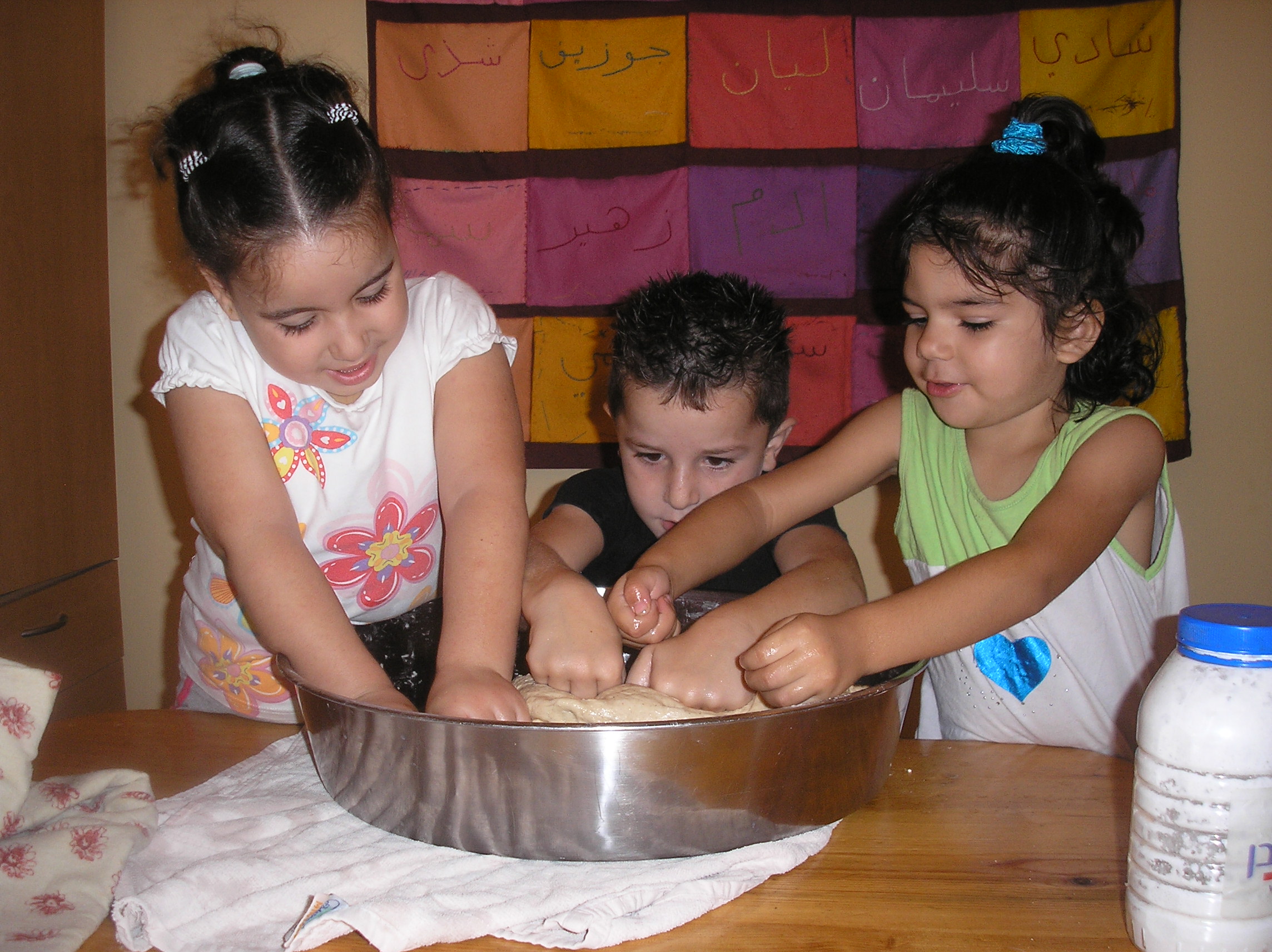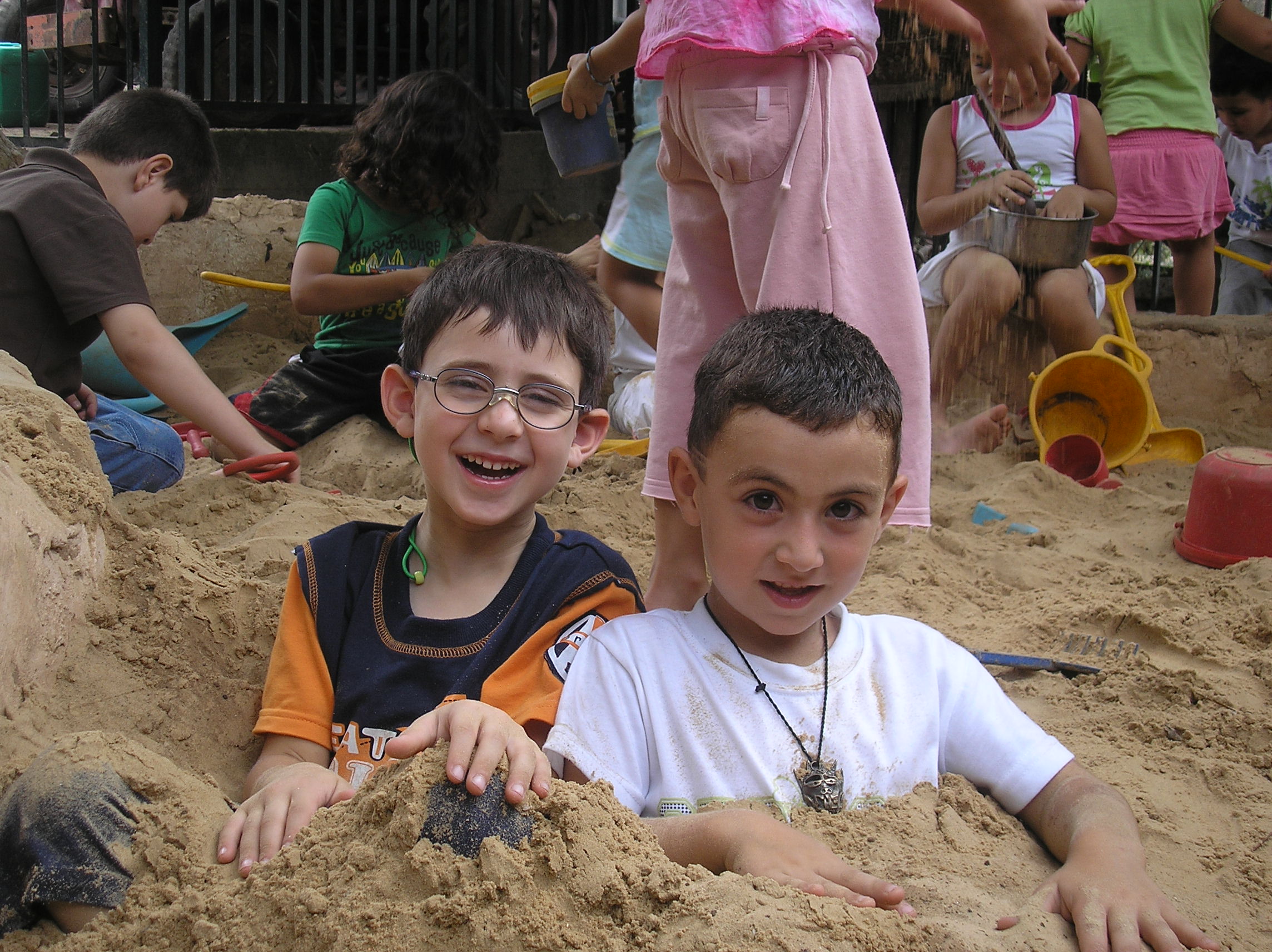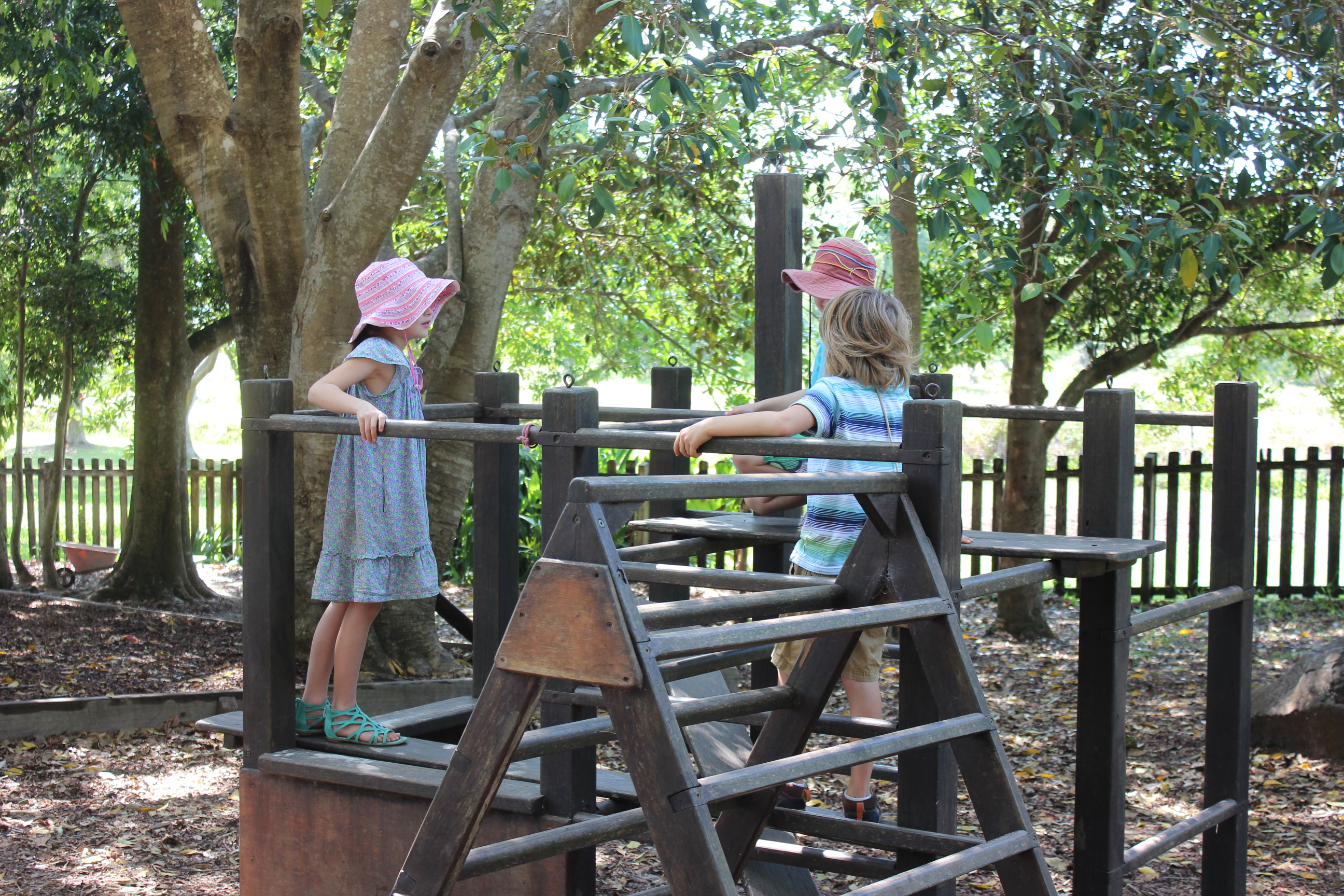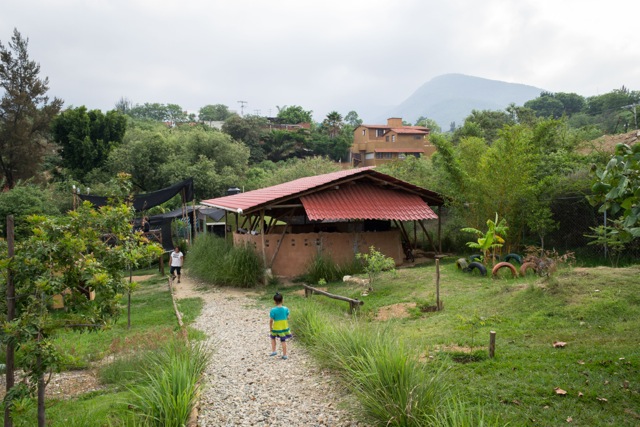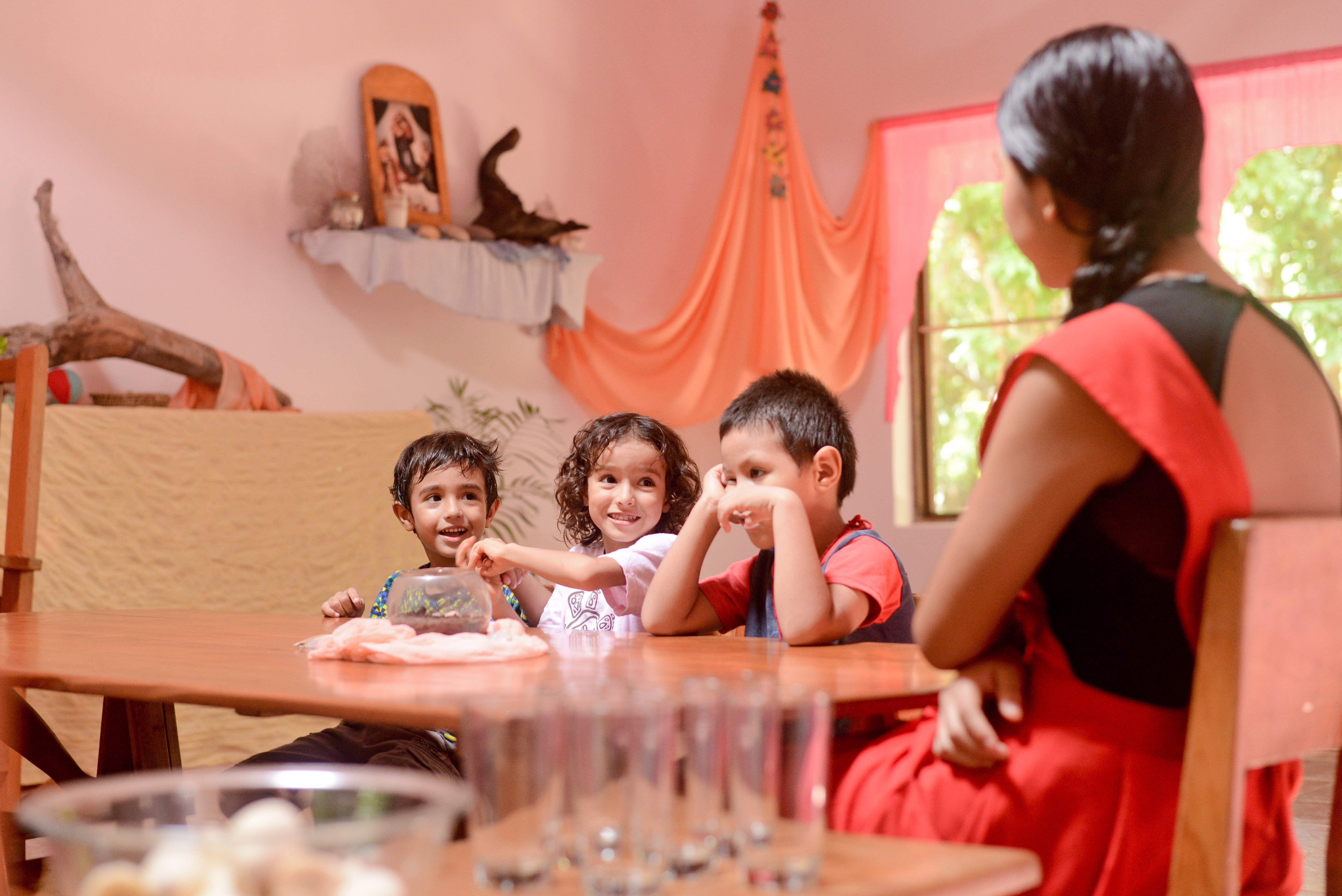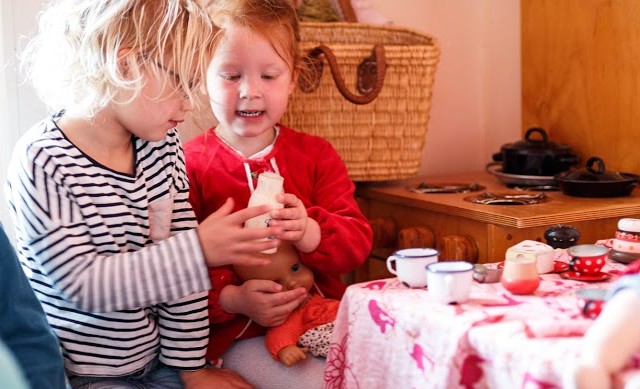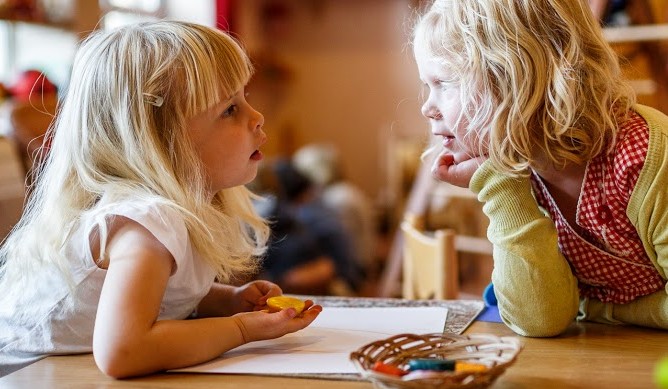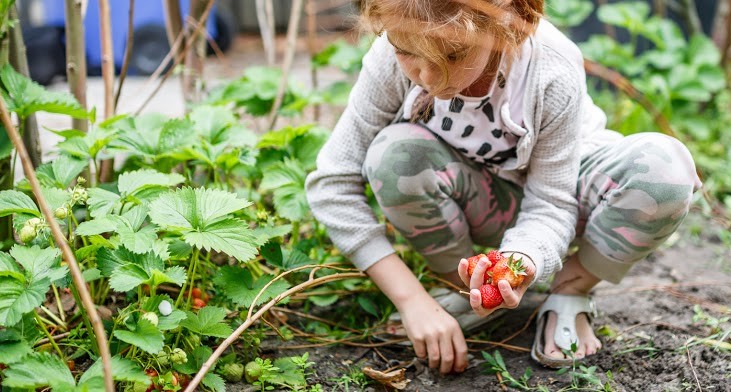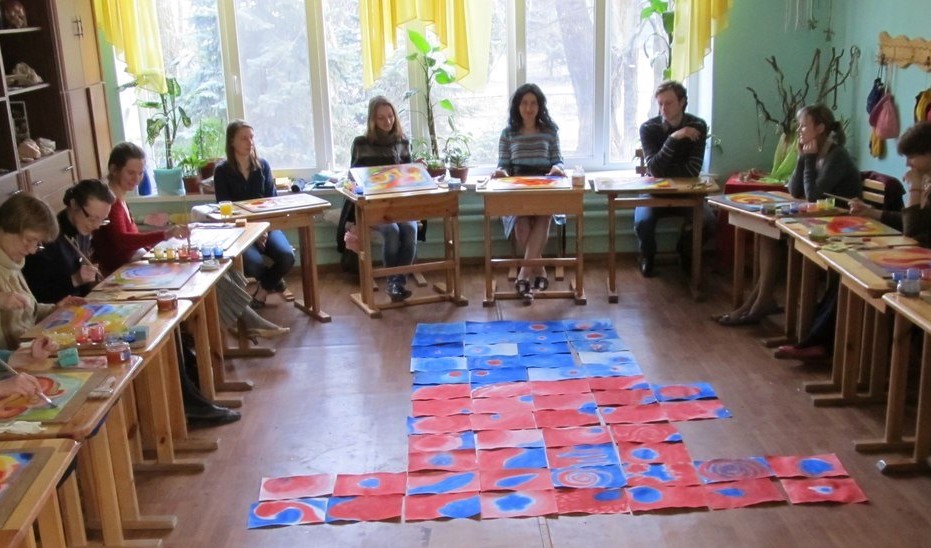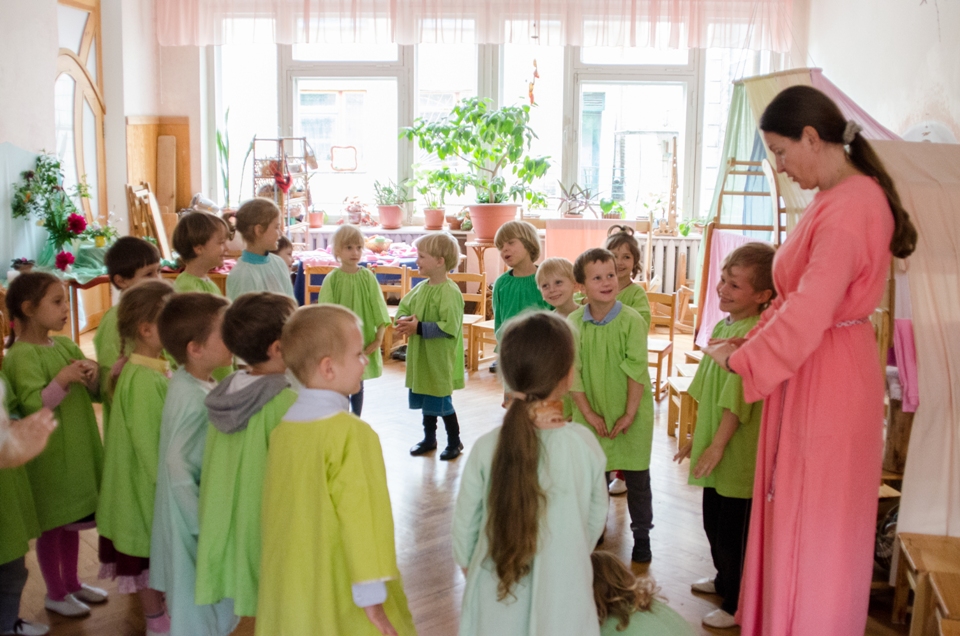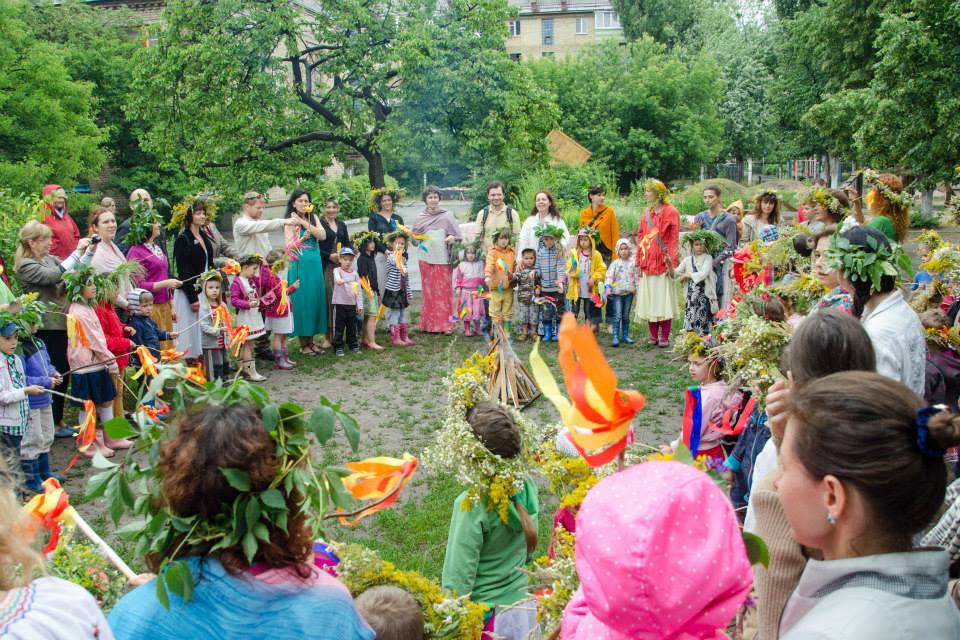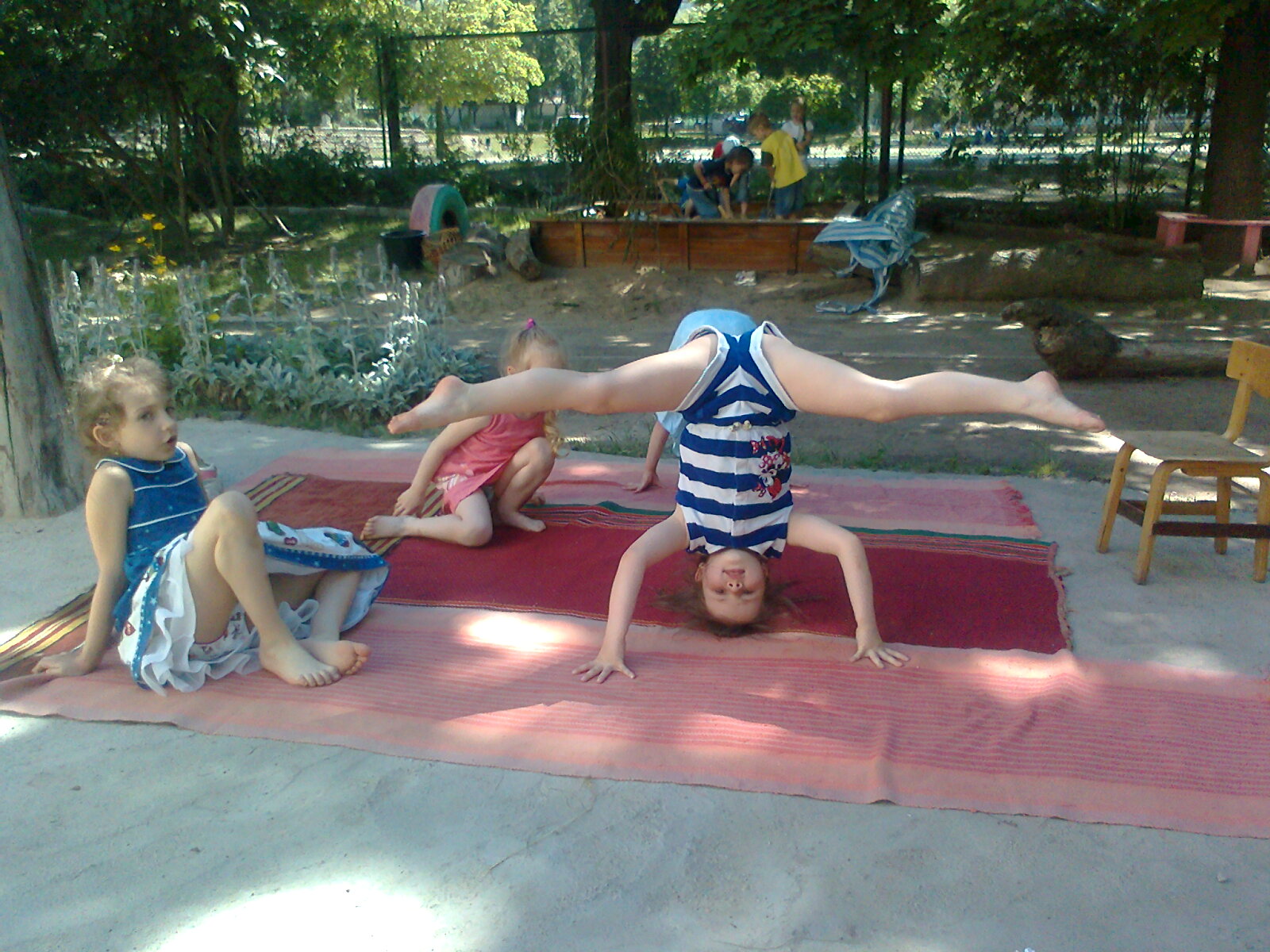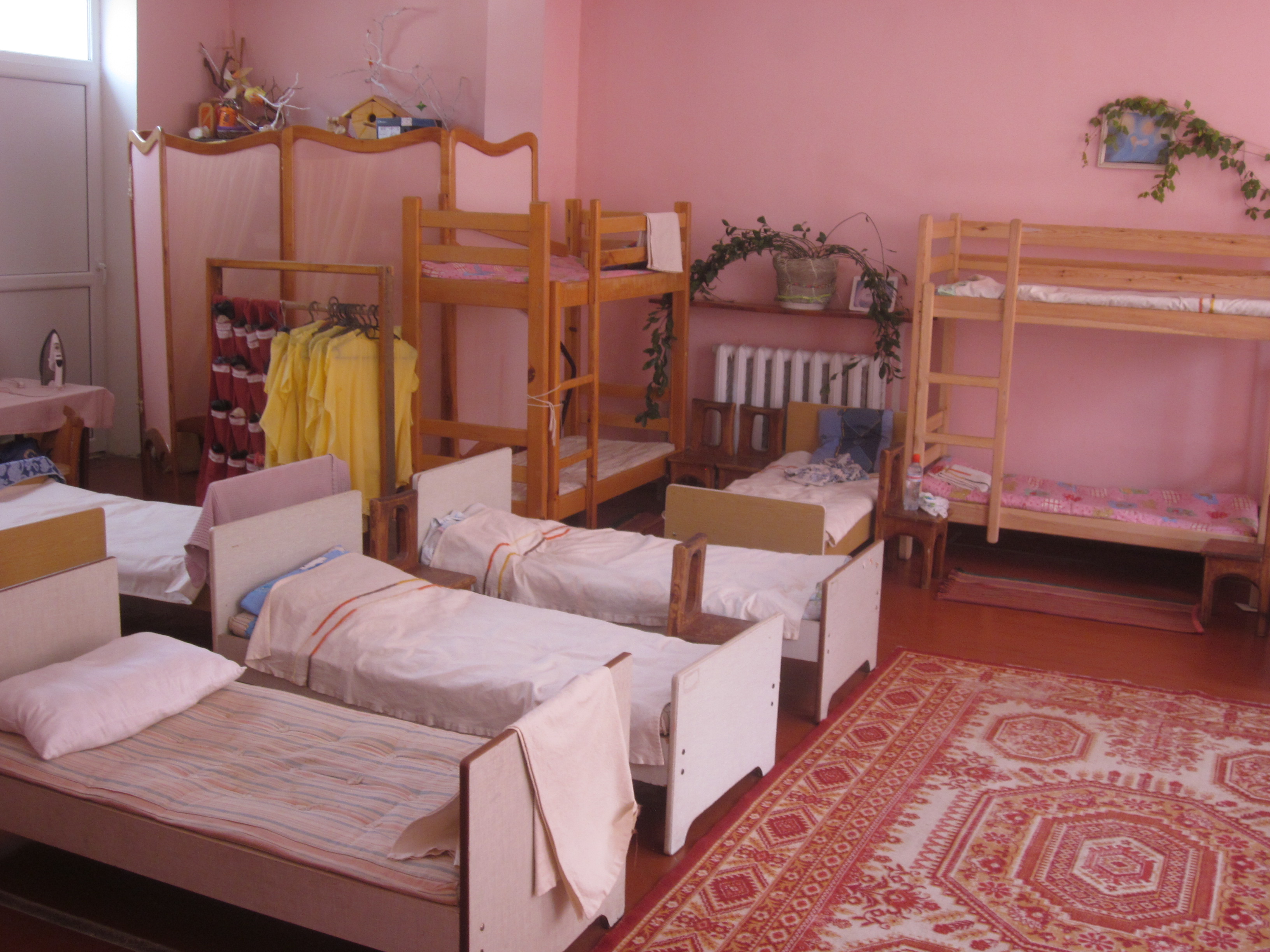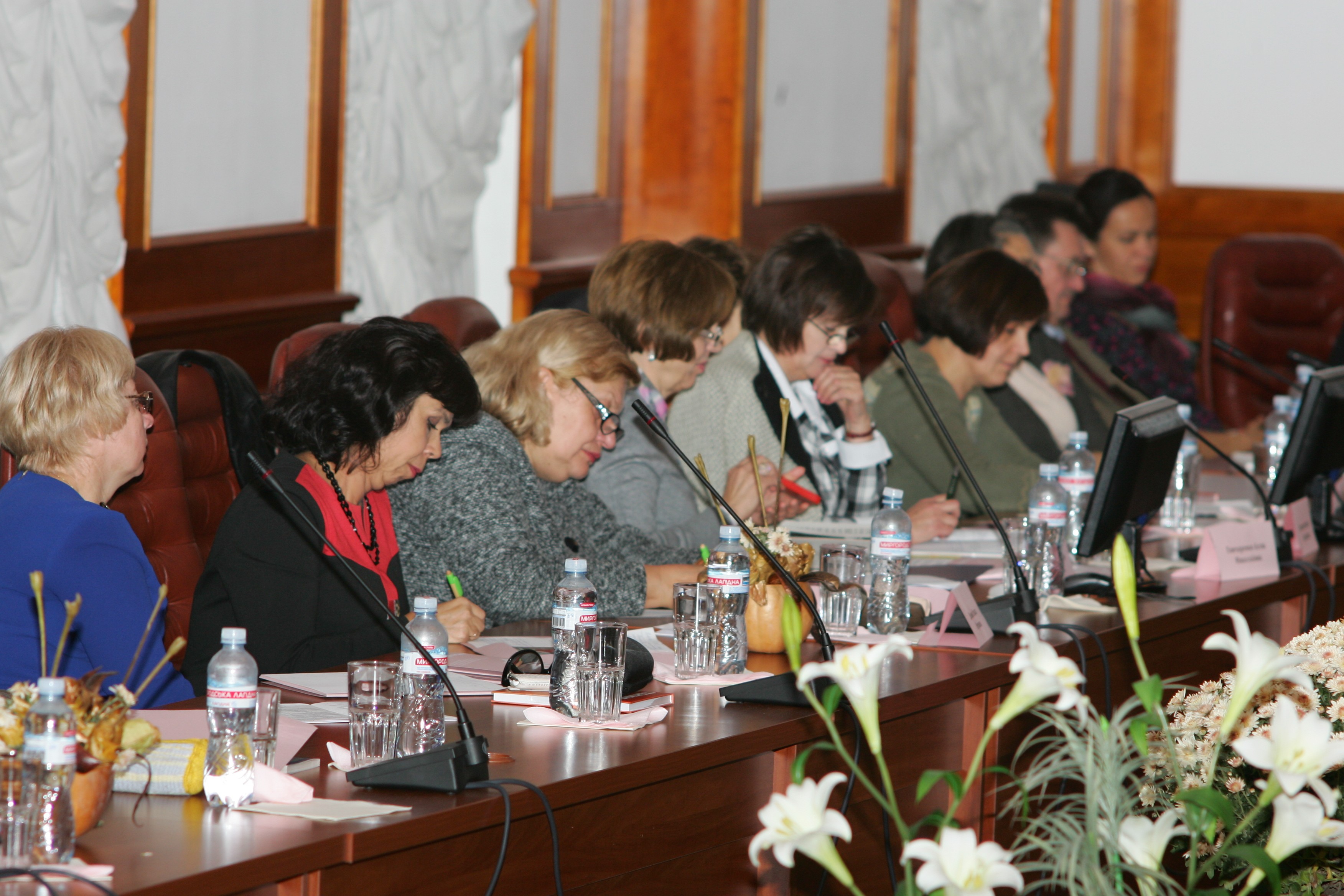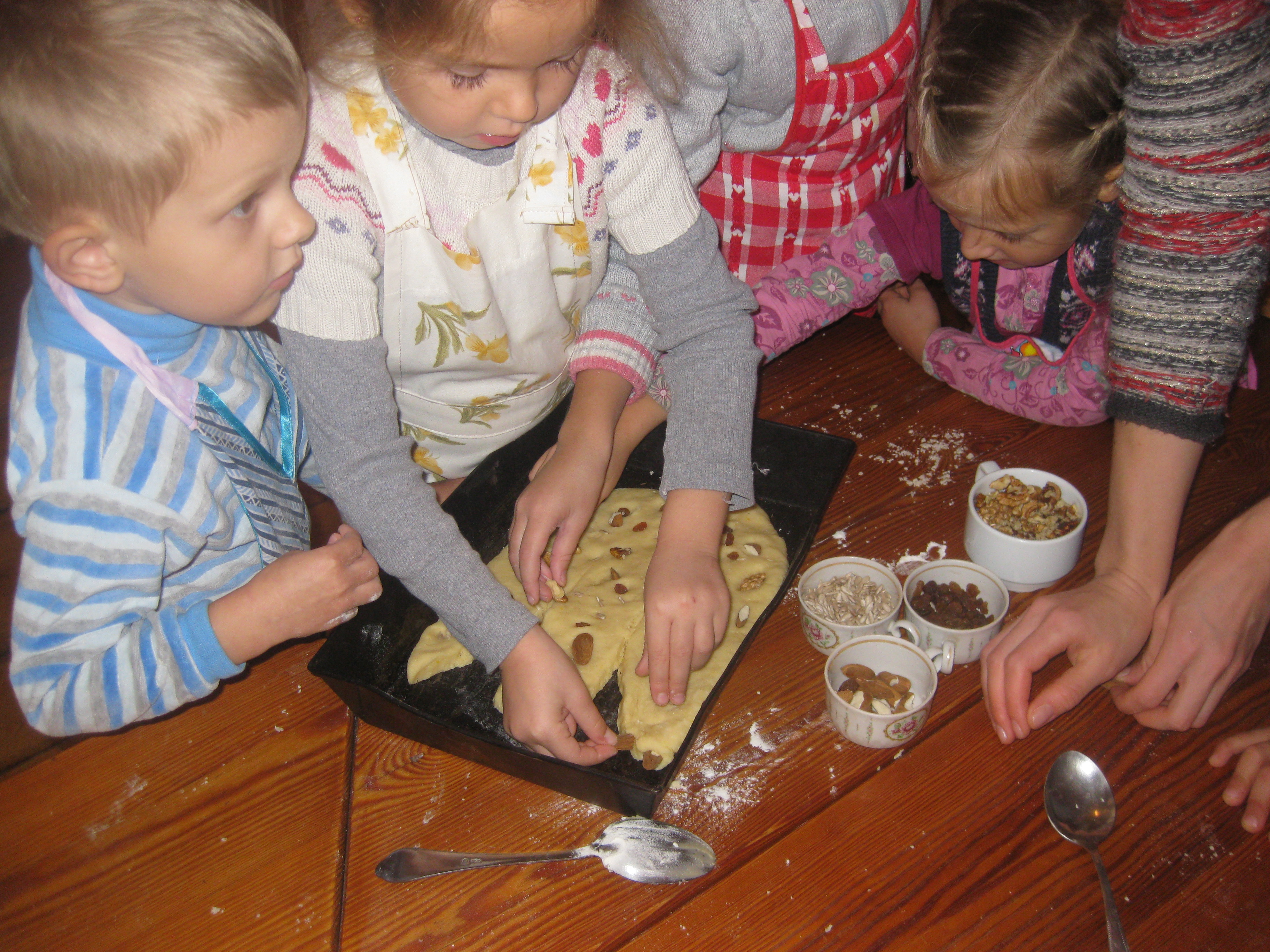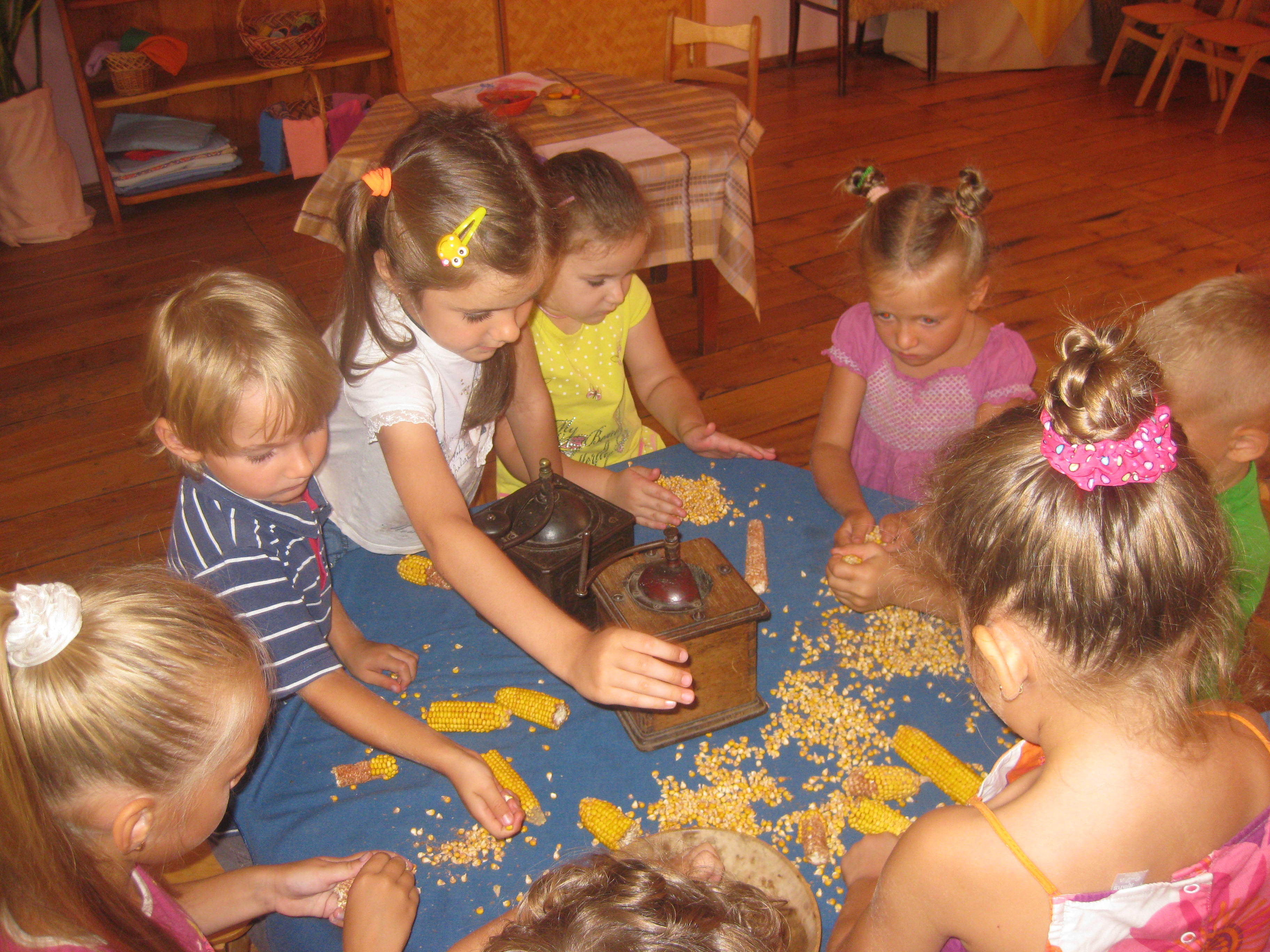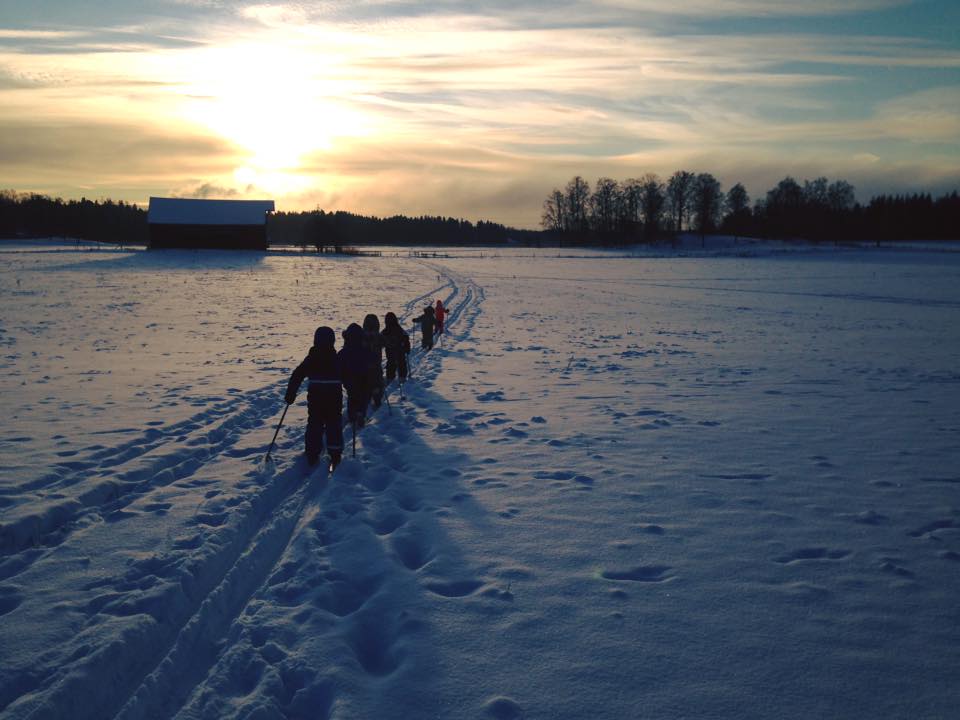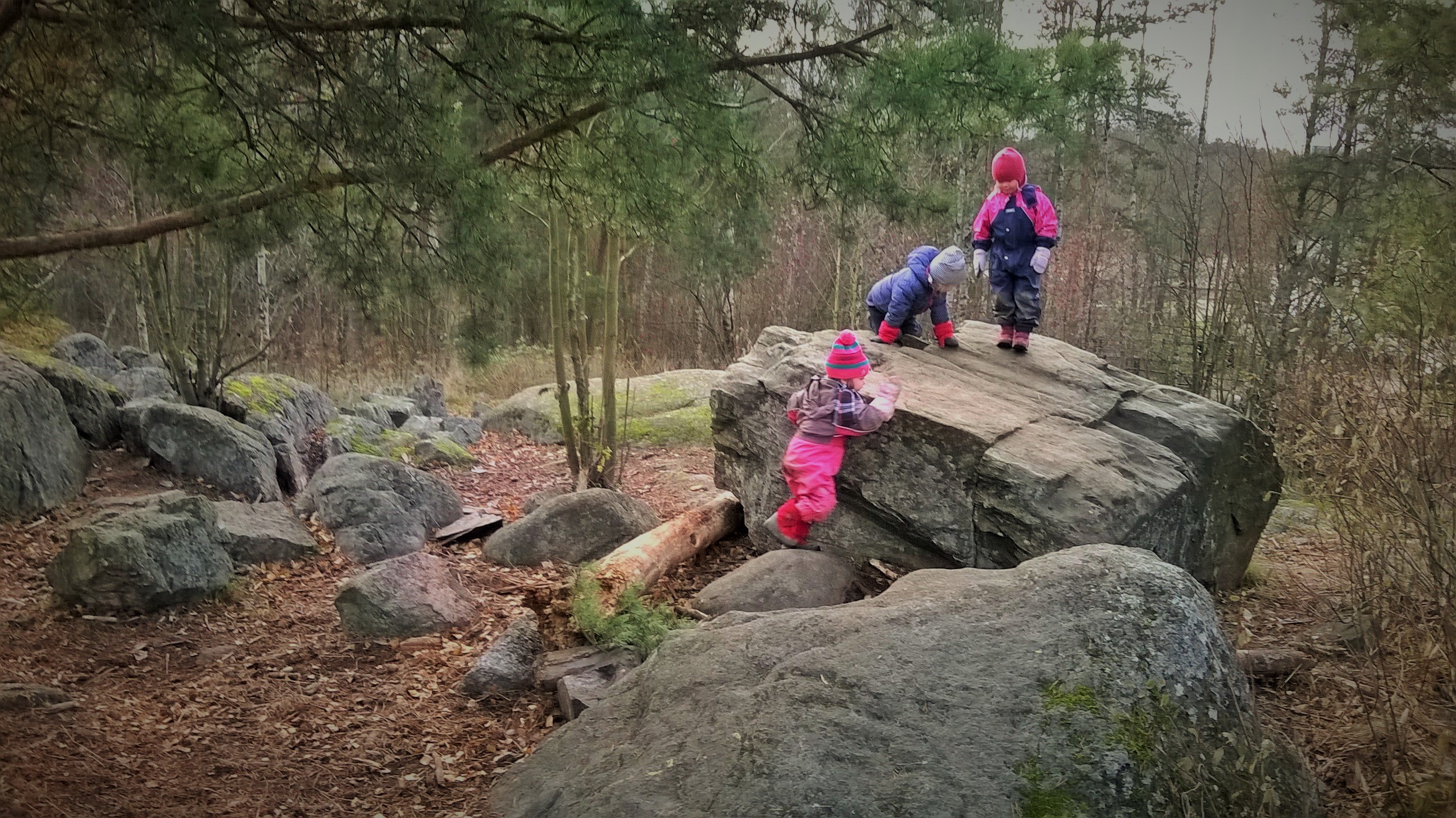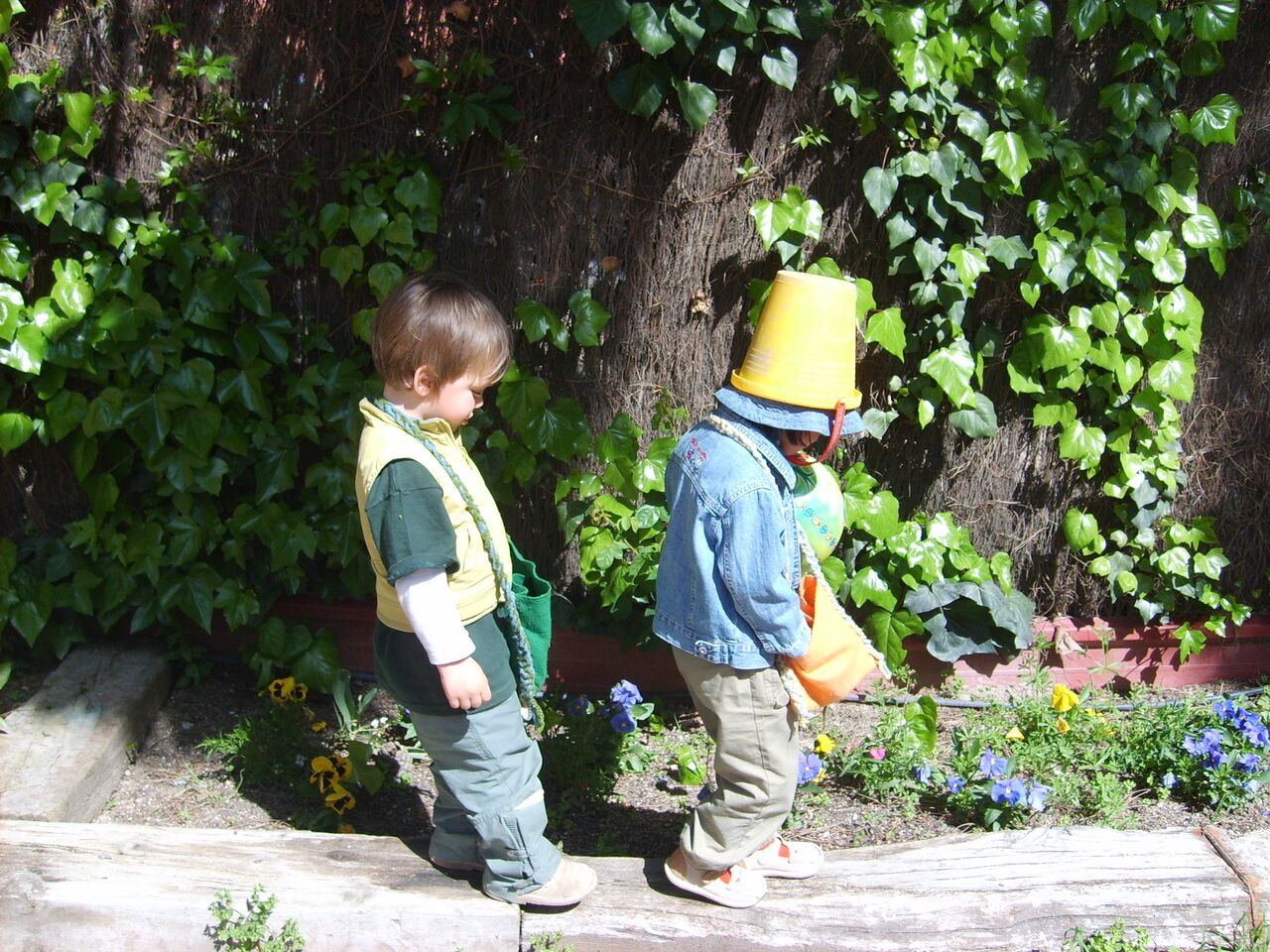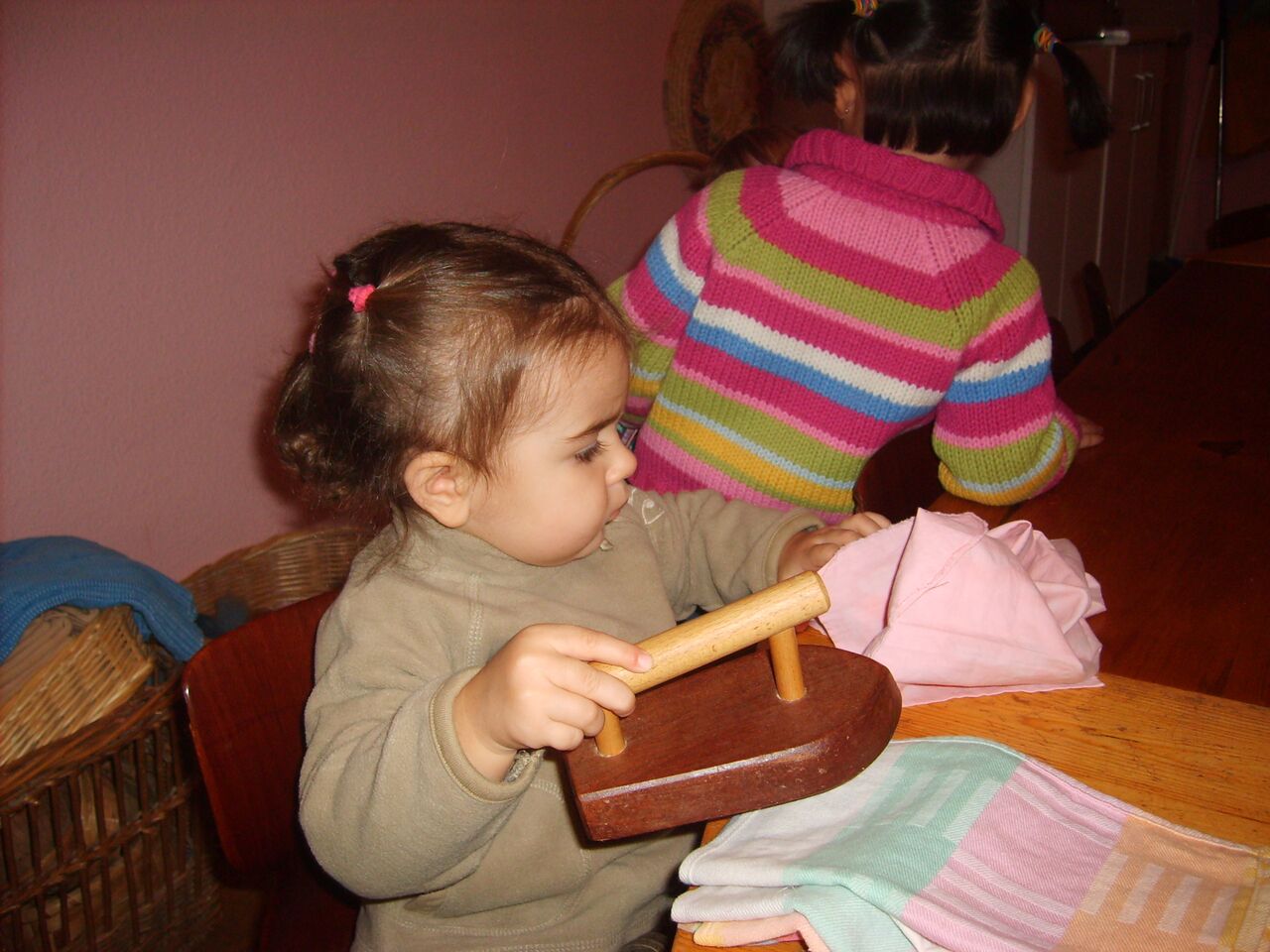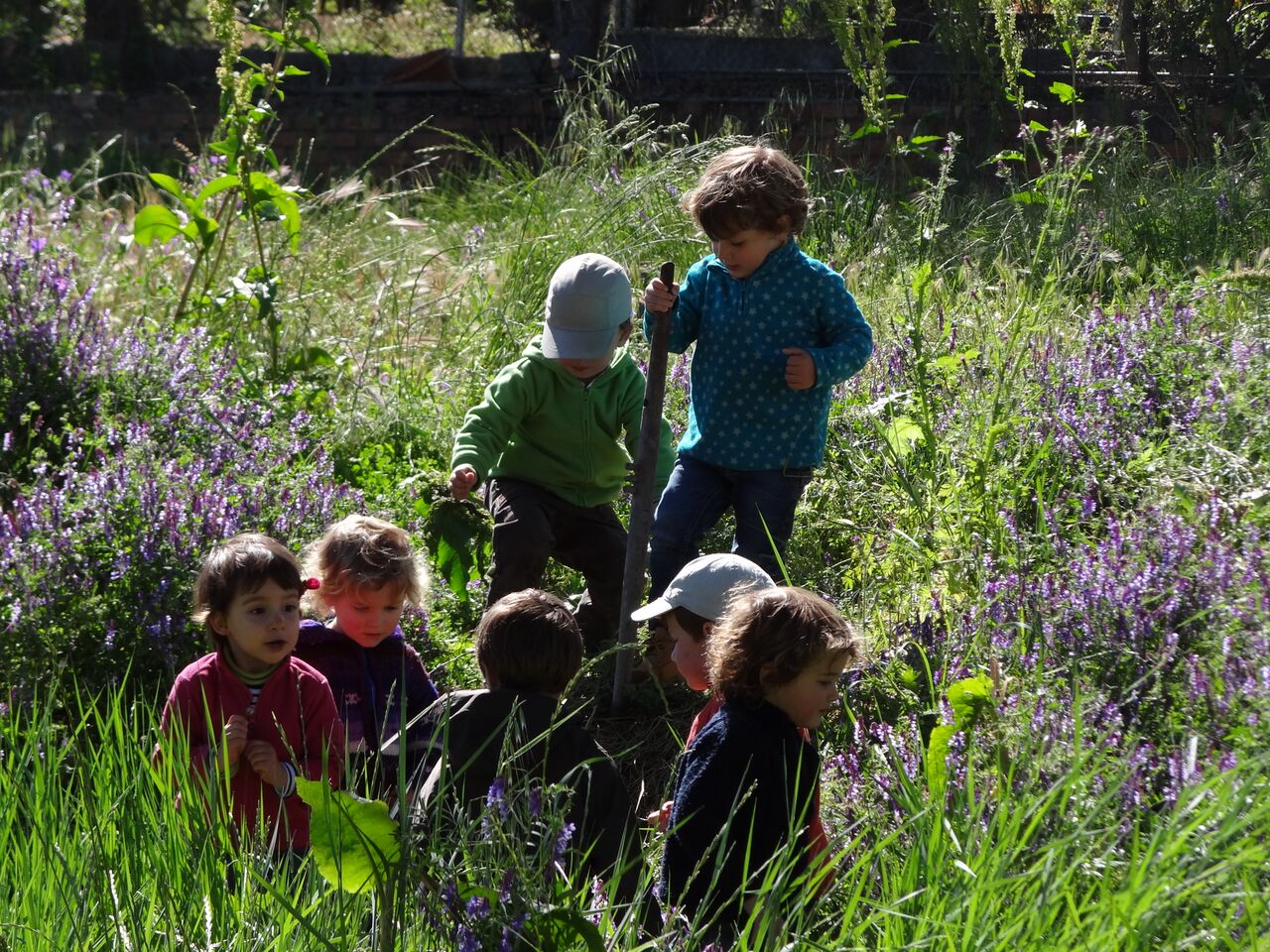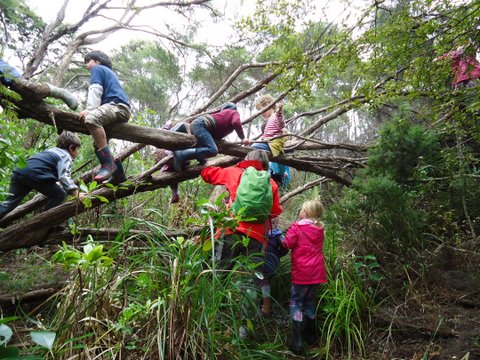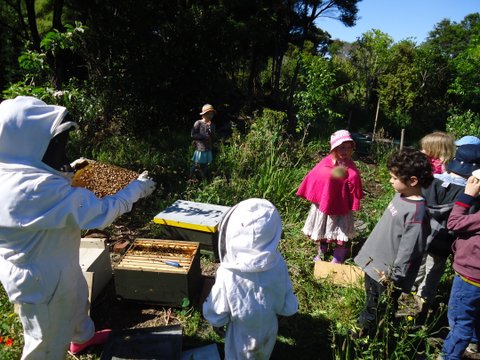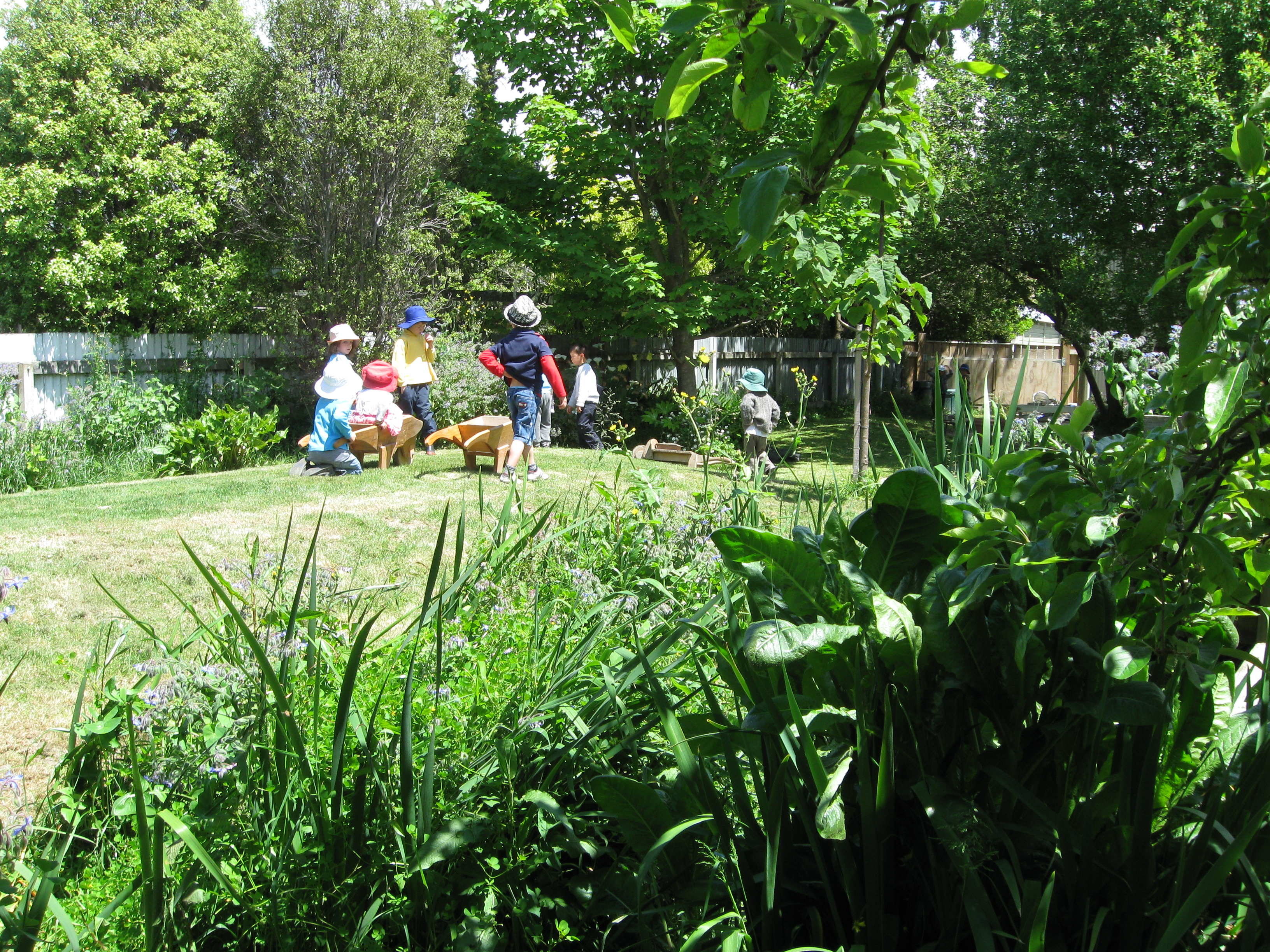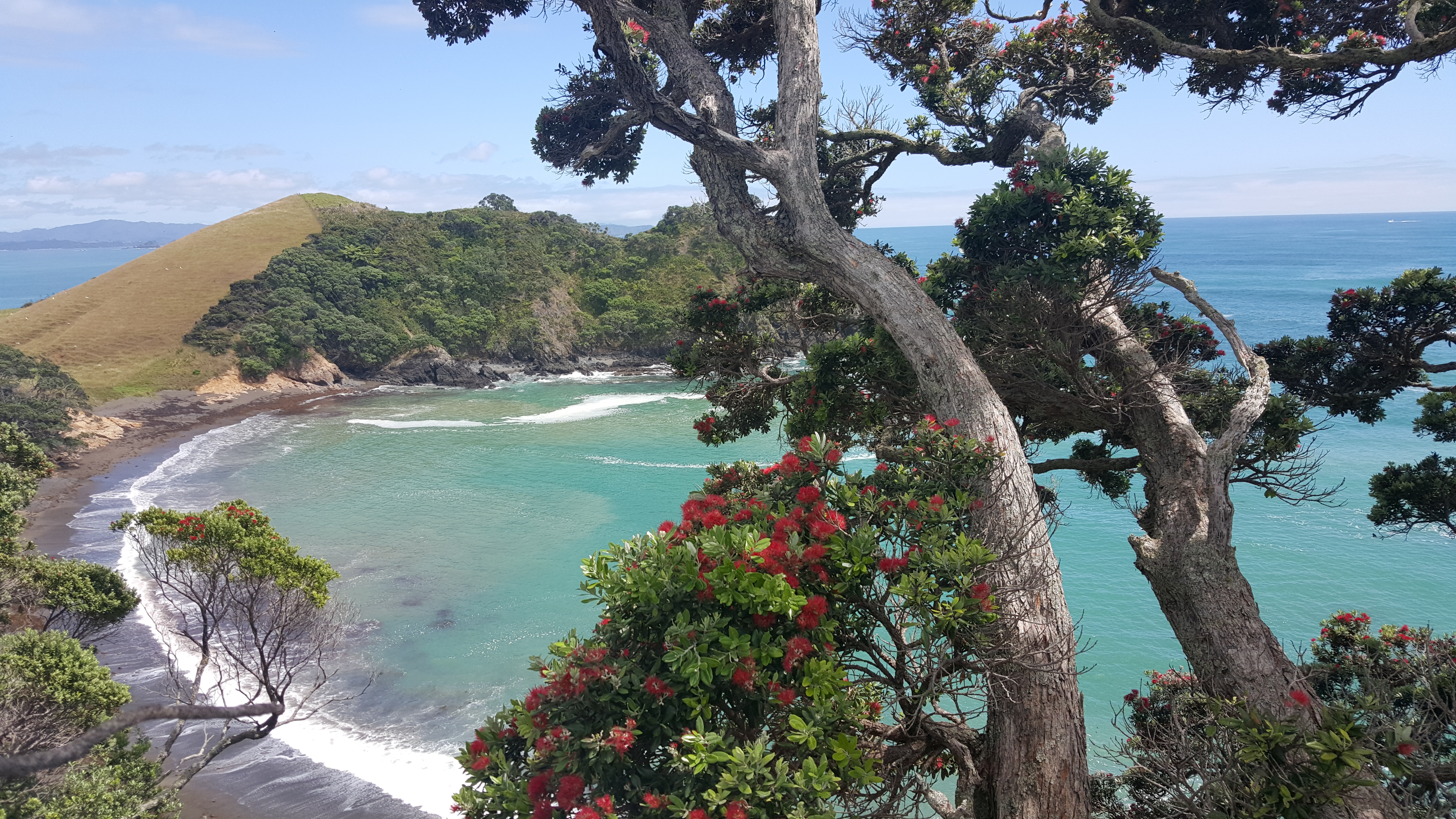In Ireland, 14 Kindergartens are registered as full members of the Irish Steiner Kindergarten Association (ISKA). Three of these are Steiner National Schools. Many of our kindergartens also have Toddler or Parent & Child groups local to them. We have two registered Parent and Child groups that exist independently from kindergartens.
ISKA is a government funded national organization, formed in 1992 as a support forum for teachers and parents while they worked to nurture the development of Steiner Waldorf kindergartens in Ireland. Twenty-four years later, one could say that the Steiner education movement in Ireland has journeyed through its adolescence and entered into young adulthood. This young adult is finding its own way to live within the Irish educational culture, extending and deepening itself slowly but surely.
The Irish educational sector is, as in many countries, looking at early years in a more child-centred way, and what is developing is an as yet immature early year’s pedagogy, seeking to incorporate the benefits of unstructured play and delayed formal learning. Steiner education has much experience to offer this newly emerging national perspective and ISKA has a large part to play in this.
Hand in hand with this national focus on early years, come the pros and cons of funding and quality assurance. Governmental funding for initiatives and new online systems demand much paperwork from practitioners and/or the parent community. The employment of office staff has become necessary for many kindergartens. Quality inspections from three different sections of the department and two ‘birth to 6 yrs’ quality Early Years frameworks (Siolta & Aistear) are now part of the practitioners’ day. Needless to say this can be a pressure for the Steiner Waldorf practitioner who is already putting in many unpaid preparation hours.
In addition to this, the state has recognized and now funds three Steiner National Schools whose junior classes are supported by ISKA. While this is a wonderful achievement, the inclusion and definition of Steiner National Schools into the primary school landscape poses the need for reflection and curriculum revision by the schools and the organizations that support them.
Training. Steiner Waldorf Early Years Training is offered through ISKA Training and managed by Ulrike Farnleitner. The one-year part-time Foundation Year is a stand alone introduction to Anthroposophy, and has been devised to offer an induction into Rudolf Steiner’s philosophy while going through a holistic self-development program which helps students on their inner path of self discovery. The student can then opt to study for a further two years to qualify as a Steiner Waldorf Early Years practitioner and is offered a thorough insight into the principles and practice of Steiner Waldorf Early Childhood Education and Care. Recently there has been heightened interest both nationally and internationally in ISKA Training’s Steiner Waldorf Early Years Training.
Sinead Duignan andThérèse Perrott, ISKA National Co-ordinators
Website of the Irish Steiner Kindergarten Association
BLATHU newsletter January 2021
